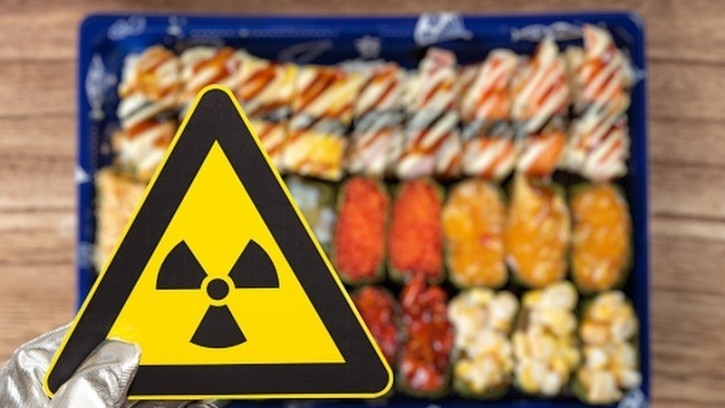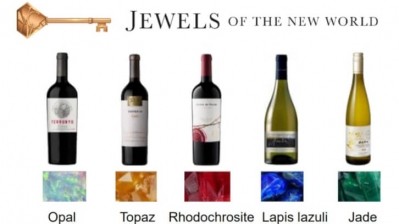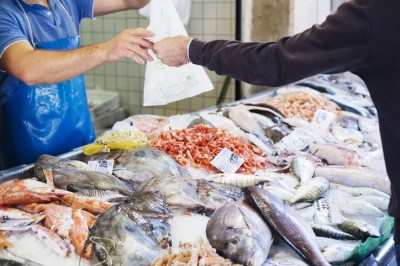FoodEx Japan 2024
Fresh opportunities: Japanese seafood exporters look to new markets to hit ‘5 trillion yen’ target after China ban

At last week’s FoodEx show in Tokyo, the Ministry of Agriculture, Forestry and Fisheries (MAFF) held a networking reception party to support businesses that want to develop new overseas sales channels due to the treated wastewater issue.
Last August, China enforced a ban on seafood imports from Japan when the latter began releasing treated radioactive water from the Fukushima No. 1 nuclear power plant into the Pacific Ocean.
The Japanese government said the discharge was necessary in order to decommission of the Fukushima Daiichi power plant. It has frequently cited that the UN International Atomic Energy Agency (IAEA) has sanctioned this action and deemed it safe
However, it led to an immediate 76% drop in shipments year-on-year to China, with only 2.2 billion yen (US$14.7 million) worth of products exported, down from 9 billion yen in August 2022 (US$60 million), data from Japan's Finance Ministry showed.
In a bid to drum up new business, MAFF and the Japan External Trade Organization (JETRO) set up over 1,000 meetings at FoodEx, and deployed a raft of marketing strategies to drive additional sales.
This included renowned chef Hideyoshi Kudo providing a cooking demonstration on the characteristics of Japanese marine products and how to prepare them
Chef Kudo also held a session with fishermen and wholesalers active in the Noto Peninsula, where he talked to overseas buyers about Japan's rich marine resources, fishing industry, and the high quality of Japanese marine products.
Ingredients included scallops from Hokkaido, yellowtail, and sea bream from Hokuriku, as well as conger eel, seaweed, and kamaboko, which are often exhibited by participating domestic businesses.
Wine and sake pairings
There was also a session on how to pair Japanese seafood with local wine and sake from Ishikawa and Toyama prefectures, in an effort to stimulate demand for both Japanese alcoholic beverages and marine products.
The scallop sector has been especially badly hit by the export ban, with such products representing about a quarter of Japan's seafood exports by value, with more than half previously destined for China.
Prior to FoodEx, Japanese officials were in Brazil where they hope a sizeable expat community and domestic demand will drive scallop exports.
Despite these challenges, Japan's seafood industry still achieved a record 1.45 trillion yen (US1.9bn) in agriculture, fisheries, and forestry exports in 2023.
Exports to the United States grew 31.3 percent, partly due to scallop sales, as well as green tea. Meanwhile, exports to Hong Kong also grew by 5.5 percent, boosted by increased shipments of pearls and beef.
Japanese officials told FoodNavigator-Asia that they had a target to hit 5 trillion yen (US$4.8bn) food and fisheries exports by 2030.














